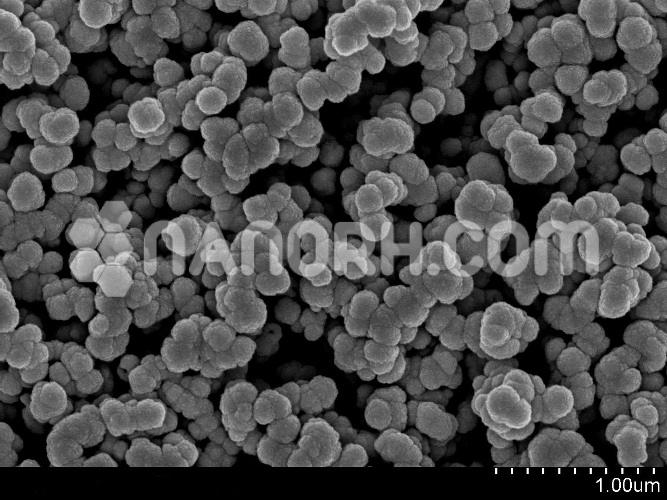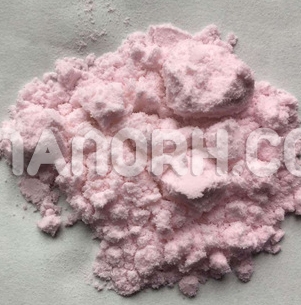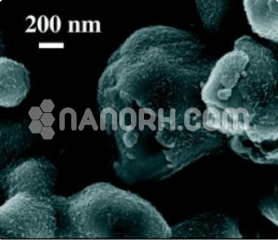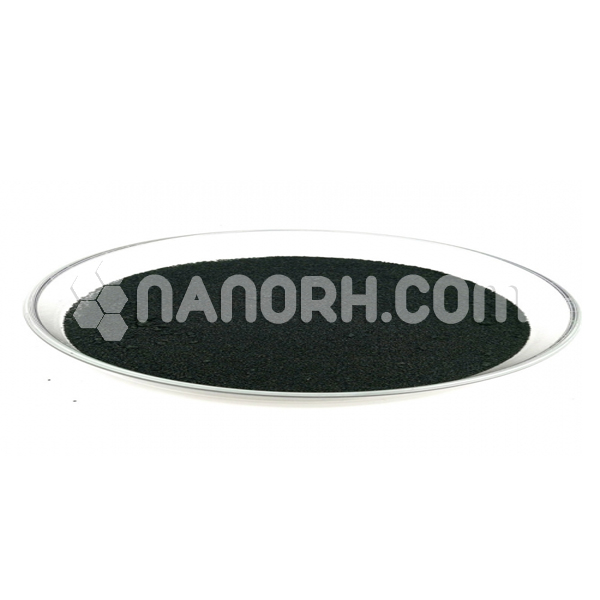| Copper Indium Gallium Selenide Nanoparticles | |
| Product No | NRE-25002 |
| CAS | 12018-95-0 |
| Purity | 99.9% |
| Molecular Formula | CuInxGa(1-x)Se2 |
| Molecular Weight | 327.05 g/mol |
| Color | Silvery |
| Density | 5.7 g/cm³ |
| APS | <100 nm (can be customized) |
| Melting Point | 1,070 to 990 °C |
| Boiling Point | NA |
Copper Indium Gallium Selenide Nanoparticles
Copper Indium Gallium Selenide (CIGS) nanoparticles are a type of semiconductor material known for their excellent optical and electronic properties. They are particularly valued for their use in various high-tech applications due to their ability to absorb light effectively and their favorable electronic characteristics.
Solar Cells
Photovoltaic Devices: CIGS nanoparticles are widely used in thin-film solar cells due to their high light absorption efficiency and good electronic properties. They are crucial for the development of high-efficiency, flexible, and lightweight solar panels. CIGS thin-film solar cells are known for their high power conversion efficiency compared to other thin-film technologies.
Optoelectronic Devices
Light Emitting Diodes (LEDs): CIGS nanoparticles can be employed in LEDs, particularly for creating high-efficiency light sources with specific wavelength emissions. Their tunable bandgap allows for the customization of emission colors.
Photodetectors: These nanoparticles are used in photodetectors and optical sensors due to their ability to detect light across a range of wavelengths, enhancing the sensitivity and performance of optical detection systems.
Biomedical Imaging
Imaging Agents: CIGS nanoparticles can be used as contrast agents in imaging techniques like fluorescence microscopy. Their unique optical properties allow for enhanced imaging contrast and resolution.
Sensors
Gas Sensors: CIGS nanoparticles can be integrated into gas sensors for detecting various gases and vapors. Their semiconductor properties can be utilized to create sensors with high sensitivity and selectivity.
Biosensors: They are also useful in biosensors for detecting biological molecules, leveraging their optical properties to improve sensitivity and accuracy in detection.
Photocatalysis
Environmental Remediation: CIGS nanoparticles can be employed in photocatalytic applications to degrade organic pollutants and contaminants under light exposure. Their efficient charge carrier dynamics make them effective in breaking down harmful substances in water and air.
Electrochemical Devices
Supercapacitors: CIGS nanoparticles can be used in supercapacitors to enhance energy storage capabilities. Their high surface area and electronic properties contribute to improved charge and discharge performance.
Battery Electrodes: They can be incorporated into battery electrodes to enhance energy density and performance in lithium-ion or other types of batteries.
Quantum Computing
Quantum Dots: CIGS nanoparticles can be utilized in quantum computing applications as quantum dots. Their size-tunable optical and electronic properties make them suitable for quantum information processing and quantum dot-based technologies.




